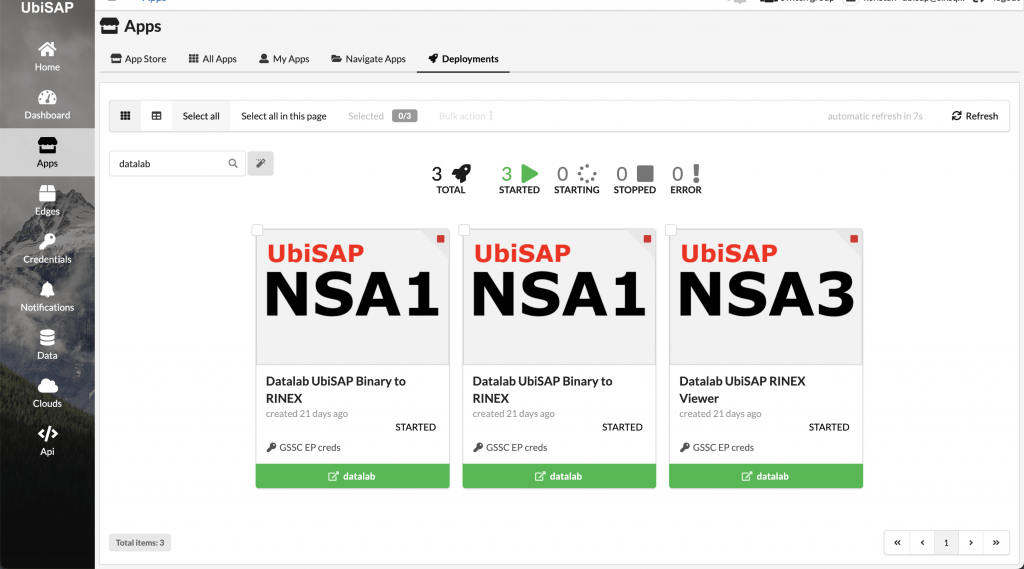
UbiSAP and GSSC Now, joining forces for data fusion at scale
ESA operates a wide range of missions, including Navigation, Earth Observation, Space Science and more. ESA activities in these domains produce a significant and ever increasing amount of data, both from a scientific and operational standpoint. In order for ESA to maximise the impact of this data, it must not only be easy to find and exploit, but also easy to integrate in an effective way. With tools to do this, ESA will realise its full potential, including being able to cross fertilise data exploitation with a whole range of space and non-space organisations. The scientific and citizen-centric applications for this goldmine of data are endless. In addition, the requirement to use Artificial Intelligence and Machine Learning based solutions for automating science and mission operations activities drives the imperative for data to be structured and made available in a way that it can be processed by these technologies.

The need to demonstrate the feasibility of a platform, able to leverage multiple existing infrastructures, such as, GSSC Now for Navigation data discovery and exploitation, and DIAS (Data and Information Access Services) for Earth observation, is one of the motivations behind ESA’s UbiSAP project. The project also integrates edge and IoT measurements using the STICK platform from GMVNSL, and adds citizen crowdsourced data from an Android smartphone app to capture GNSS measurements and upload them to the platform.
To realise these goals, SixSq and GMVNSL have leveraged on SixSq Nuvla and NuvlaEdge software to implement Ubisap. The Kubernetes container orchestration engine was used for running the platform and the on-demand provisioned processing clusters. Furthermore, the GNSS STICK experiment was used to collect data from ground measurements. With Ubisap providing a single platform to manage data (e.g. location, size and type) and its processing (via user defined containerised applications), users can search, discover and request data analysis at the data location, or at an external federated platform. Ubisap’s holistic view allows users to fuse data and perform cross domain processing at scale.

As the UbiSAP is coming to an end, the demonstrator built throughout the project, integrating CREODIAS and GSSC Now platforms for data processing, has provided sufficient evidence of the capability of the architecture, and its foundational elements. Activities have already started to exploit this technology to provide a sustainable set of managed services, for the benefit of the European space community and other communities interested in exploitation of space related data.


